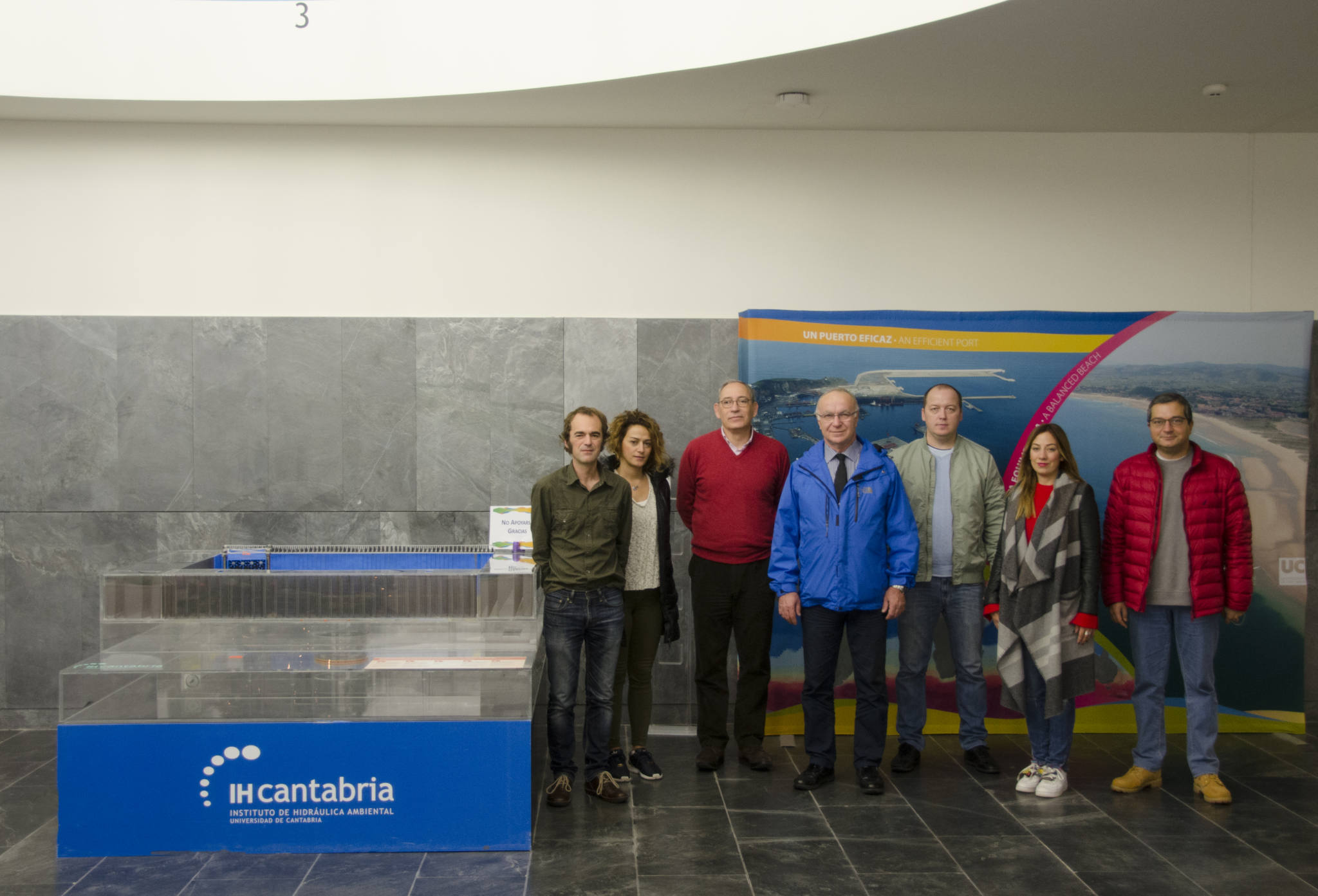
EROSION RISKS
The erosion processes endured by coastal areas threaten not only infrastructure and housing, but communities and ecosystems as well. The effects of erosion derived from natural hazards have increased due to human activity, the use and occupation of coasts and climate change, all of which have contributed to increasing the exposure and vulnerability of those elements located along the coastline.
As a result, at IHCantabria we study the risks of coastal erosion and develop the tools and resources (models, strategies, plans, maps, viewers, etc.) needed to adequately manage this risk, both from corrective (reduce the existing risk through comprehensive actions to diminish the existing risk) and forward-looking (actions intended to avoid the creation of new risks) points of view.
METHODOLOGY
We analyze the various coastal hydro-meteorological threats (waves, currents, tides, wind and flow), their natural or anthropogenic variability and their erosive impacts on coastal areas through observation (field campaigns, remote sensing) and numerical or experimental modeling.
We identify and characterize those areas that are especially susceptible to impacts derived from coastal erosion, both independently and in combination with other threats (such as flooding).
We assess the exposure and vulnerability of natural and socioeconomic systems to coastal erosion.
We design and implement measures to reduce the risk of coastal erosion, both independently and in combination with other phenomena (erosion-flooding, subsidence), including prevention, protection, preparation and recovery measures, such as coastal protection structures, urban and territorial zoning plans, public awareness campaigns, early warning systems, evacuation protocols, and more. These risk management measures are always designed in close cooperation with government agencies and the local, national or international communities involved in managing the overall risk and in implementing each specific measure.
We consider and encourage public participation through the entire risk management process.
We develop studies and plans based on coastal communities.
We train technicians, specialists and researchers in risk analysis and management so they can develop new methodologies and tools.
AREAS OF EXPERTISE
Deterministic and probabilistic analysis of coastal erosion
Different spatial and time scales, independently or in combination with other impacts.
Different Causes of coastal erosion, as hurricanes, climate change, anthropogenic activities.
Physical and numerical modeling of coastal erosion
And associated processes of interest such as: (i) wave propagation, (ii)littoral transport of sediments, (iii)coastal flooding.
Development of tools for monitoring coastal areas.
Analysis of the vulnerability of coastal zones
From the points of view: human, socioeconomic, infrastructure, environmental.
Analysis of the stability of marine and coastal structures against coastal erosion (scour, layer failure, etc.).
Development of damage and vulnerability functions.
Development of easy-to-understand hazard, vulnerability and risk maps due to erosion and flooding
Design and implementation of measures to reduce the risk of erosion.
Preparation and implementation of participatory processes and training, dissemination and technology transfer activities
AREAS OF EXPERTISE
Deterministic and probabilistic analysis of coastal erosion
Different spatial and time scales, independently or in combination with other impacts.
Different Causes of coastal erosion, as hurricanes, climate change, anthropogenic activities.
Physical and numerical modeling of coastal erosion
And associated processes of interest such as: (i) wave propagation, (ii)littoral transport of sediments, (iii)coastal flooding.
Development of tools for monitoring coastal areas.
Analysis of the vulnerability of coastal zones
From the points of view: human, socioeconomic, infrastructure, environmental.
Analysis of the stability of marine and coastal structures against coastal erosion (scour, layer failure, etc.).
Development of damage and vulnerability functions.
Development of easy-to-understand hazard, vulnerability and risk maps due to erosion and flooding
Design and implementation of measures to reduce the risk of erosion.
Preparation and implementation of participatory processes and training, dissemination and technology transfer activities
PARTNERSHIPS
IHCantabria has engaged in projects as part of national (Beach-Art, SMC2020, MUSCLE-Beach, ANIMO) and European (HUMOR, COASTVIEW) competitive tenders to improve our knowledge of the dynamics and response of coastal areas.
In addition, it has trained experts in countries such as El Salvador, Jamaica and Oman and contributed to training the population through workshops held for communities potentially threatened by risks of all types (TROYO, CABARET, etc.).
SIGNIFICANT PROJECTS
SIGNIFICANT PROJECTS
SMC2020
The general goal of SMC2020 is to acquire new knowledge on the combined effect of erosion-flooding in coastal areas in order improve the Coastal Modeling System (SMC).To this end, new models of flooding and morphodynamic evolution are being developed that will later be integrated into a methodology that will address joint erosion-flooding problems. The results of this project will be of great help in managing flood risks and providing climate services associated with the morphodynamics of beaches.
Learn More
TROYO
“Training of Youth for Preparedness against Marine Induced Hazards”; Project funded by the European Union under the Erasmus+ program to educate and train young Europeans to prepare them for marine risks through innovative scientific tools and methods.
BAHAMAS
The Inter-American Development Bank (IDB) finances technical risk profile studies to estimate the probabilistic risks of disaster in terms of economic and social losses on a national level. The study conducted by IHCantabria addresses the risk profile derived from hurricanes that have passed through the Bahamas. It does so first by studying the wind, coastal erosion and flooding associated with both recorded historical events and synthetic cyclones, which yields a probabilistic characterization of these threats and provides results for different return periods (10, 50, 100 and 500 years), both for the current situation and under a scenario of climate change for a given horizon. The results have been validated using data measured in field campaigns as part of the project itself, as well as other historical databases. The study next analyzes the exposure and vulnerability of the stock of capital, population and critical infrastructure to yield the probabilistic risk, socioeconomic losses and expected annual damage. In addition to the probabilistic risk study, the historical losses associated with catastrophic events were analyzed, the final result of which was the hybrid loss exceedance curve for the country.
SOFTWARE AND TOOLS
CHRONOS
IHCantabria is currently developing CHRONOS, a numerical model of the long-term morphodynamic evolution of the coastline. It is a One-Line model that aims to calculate the long-term erosion of the study area by considering its bathymetric surveys, the local dynamics and its interaction with the coastline. This model allows calculating the marine dynamics at the break point by means of various wave propagation models. The longitudinal sediment transport calculation considers the altitude gradient of the breaking wave and simulates the change in the position of the coastline by taking into account the presence of coastal structures. These aspects result in a more precise prediction of the evolution of the coastline without an undue increase in the computational cost.
COASTAL MODELING SYSTEM (SMC)
SMC is a set of databases, methodologies and numerical models that allow studying, on different spatio-temporal scales, coastal processes and the effects on the coast (erosion, flooding) due to natural events or human actions (climate change, construction of harbors, dredging, etc.) in order to propose sustainable solutions.
Given its scientific rigor and wide range of applications, SMC has been exported to more than 60 countries and has been implemented in Tunisia, Colombia, Taiwan and Brazil, with their corresponding databases. Its adaptability to other countries has allowed it to be used, for example, in several projects for the Inter-American Development Bank (IDB) as part of the emerging and sustainable cities initiative to evaluate coastal dynamics and the proposed areas of action.
Learn More
LET’S TALK
Would you like to know how we can help you?
Send us a message. We will get back to you as soon as possible
LET’S TALK
Would you like to know how we can help you?
Send us a message. We will get back to you as soon as possible

IGNACIO AGUIRRE AYERBE
Researcher || Expert in Disaster Risk Management

JARA MARTÍNEZ
Researcher || Expert in Coastal Erosion
We advise you that your personal data will be processed by FUNDACIÓN INSTITUTO HIDRÁULICA AMBIENTAL DE CANTABRIA, in order to manage your request and maintain professional and commercial relations with you. Your data will not be transferred to third parties. This data treatment is necessary to attend your request. Your data will be kept until you unsubscribe from the service and/or after a reasonable time has passed since we attended to your request. You can exercise your rights of access, rectification, cancellation, opposition, portability and limitation of the processing of your data by contacting the FUNDACIÓN INSTITUTO HIDRÁULICA AMBIENTAL DE CANTABRIA, PCTCAN C/ISABEL TORRES, 15, 39011 SANTANDER (CANTABRIA), or rgpdihcantabria@unican.es with a copy of your ID card duly accrediting your identity. In any situation, you have the right to file a complaint with the Spanish Data Protection Agency (AEPD)





